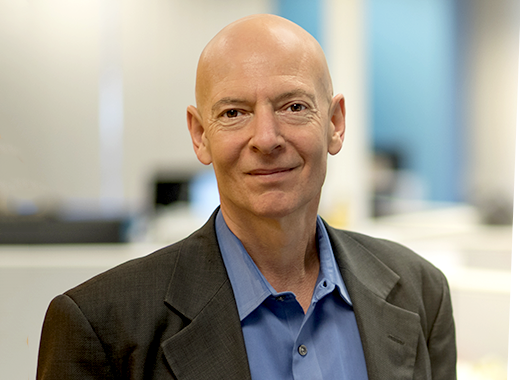Failure is a part of life—even for the most successful people in the world. Yet so many of us desperately fear it, ruining our productivity, delaying our dreams, and hindering many of us from doing the things that move us forward towards our goals. In fact, researchers have found that fear of failure is directly linked to self-worth. Fearing failure frames self-worth as conditional; this fear tricks us into believing that when we fail, we are damaging our value as a person.
Here’s the key: Failure isn’t a sign of weakness or a reflection of character or capability. It’s an inevitable part of the journey towards success. And there are a few key resilience-building tactics that can reframe how we look at failure and be a total game changer. Let’s check them out and learn how to turn failure into success:
1. Confront your Icebergs about success. Particularly in the United States, we believe that the route to success is clear and linear. We look at stars like LeBron James or Bill Gates and we tend to fantasize that their path was trouble-free—that the gifted Gates booted up his computer and was suddenly a billionaire. Basically, we value talent over effort. In my work, I’ve found that people tend to view success as about 80 percent talent and 20 percent effort. It’s simply not true: Nearly every successful person has taken two steps forward and three steps back on their path to achievement.
The pitfall in this thought process is that success becomes preordained. People are either gifted or they aren’t; if you’re not gifted enough, why try? Failure signifies that it’s time to give up—that you’re not talented, after all. This is supported by Iceberg Beliefs such as, “I shouldn’t have to struggle,” or “If I can’t do something right, I won’t do it at all.” These beliefs hold us back—and they’re wrong. Nobody’s life is trouble-free, and success is tough, plain and simple. Remind yourself of this the next time these beliefs crop up and start causing trouble.
2. Redefine failure’s meaning. The term “failure” is very final, something irreversible. However, most “failures” are really short-term goals that didn’t come to pass and setbacks that will fade with time. Think about tennis champ Novak Djokovic: His goal was to win Wimbledon. He failed at that particular goal. But he can reinterpret it as a snag in a grander vision—perhaps to become the greatest player of all time.
The key for all of us—celebrity athletes or not—is to reinterpret failures as a setback in a bigger context and then learn from it. Reserve the term “failure” for something truly life-altering.
3. Understand that we’re not entitled to anything. As humans, we think we’ve earned the right to smooth sailing. We’ve quashed illness and disease; we’re living longer than ever; we have amazing technology at our fingertips. When we deal with setbacks as a species, we become indignant. We’re just as likely to walk away from a problem as we are to try and overcome it. I’m a case in point: I put myself through college and launched my own business. I’d worked hard to secure a path of upward mobility. But during the recession, my training business faltered. I was infuriated. It should be easy from here on out! Life simply doesn’t work that way—we’re not entitled to an easy ride. Life is messy. The sooner we realize this, the easier it is to move on from failure, which I was able to do.
4. Ditch all or nothing thinking. We each have an explanatory style, a way of “explaining” what happens to us. We learn this at about eight years old, and it dictates how we rationalize setbacks. Some people automatically put failure down to sweeping causes that are impossible to control. These fatalistic folks are more likely to give up. Other people interpret their failures as something temporary. Think of two teenagers who both bomb a math test. One says that he didn’t study enough. Great: This is an identifiable cause that can be changed. The other kid, the one who is less resilient, calls himself stupid—something far tougher to change. The key to bouncing back from failure is to interpret it in a temporary, changeable way. Ask yourself: What’s the cause of the problem, and what can you change about it?
Ultimately, remember that failure is not an endpoint. It’s simply one of the zigs and zags on the highway toward success.
Dr. Shatté is a co-founder and Chief Science Officer at meQuilibrium. He is a fellow at the Brookings Institution’s Center for Executive Education, a former professor of psychology at the University of Pennsylvania, and currently serves as a research professor in the College of Medicine at the University of Arizona. A highly acclaimed teacher and TED presenter, Shatté is a sought-after speaker and consultant and has delivered keynotes at more than 1,000 conferences and conventions.
